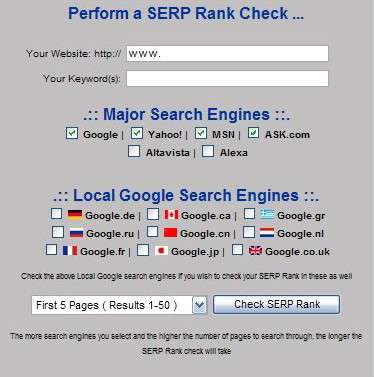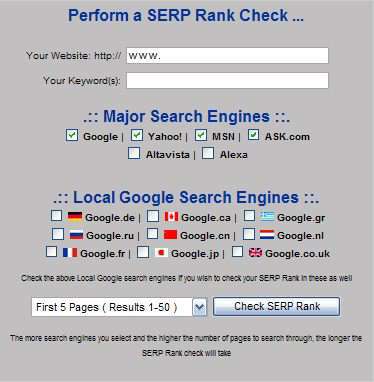
If you’ve been following our last few posts, you now have spent a fair amount of time making your site search engine optimized. And, chances are, you are already seeing a bit more web traffic. However, your website SEO is not complete, nor will it ever be 100%. This is due to step four of the SEO process.
4. Testing and Measuring your site’s SEO
As stated, having a search engine optimized site is not a one-time project, but an ongoing process. Improve your site’s SEO by adding new pages, content and blog posts. If you begin offering a new product, add a new page – don’t just tack the new item to the bottom of an existing one.
Search engines are constantly changing how they look for a website. For instance, just a few short years ago, no one would have thought the influence of social media on SEO would be so high. But in 2009, Real-time search was introduced. Real-time is used to search social media sites such as Facebook, Google Buzz, Twitter and others for unique content.
However, when using social media don’t waste time with trivial content promoting big interest items or become involved with unethical promotion schemes. Following these two tips will give you credibility and build a following.
Recently Google announced that the speed at which your page loads also will affect your ranking in search results, so beware of using unoptimized images or multimedia components.
An added benefit of using social media sites is that they will send you periodic updates, letting you know how many followers and visitors you have received. These reports are a great way to track how effective your SEO changes are.
There are also a variety of web tools that can help you test and measure your site’s SEO. These tools will not bring you more traffic, but they will help you to know where to make changes or see what is working well. Take some time to check out sites like linkvendor.com , GoingUp.com and Google Website Optimizer as they are great places to measure your site’s traffic.
Another way to measure your site’s SEO is through SERP (search engine result page) Rank Checkers. These tools allow you to see results from MSN, Google, Yahoo, and others. Simply type in your website’s URL and your keywords and they will produce a list of the web pages with titles, a link to the page and show how the key words have matched the page’s content.
Improving your website’s SEO is a time consuming and ongoing job, but not one without reward. Using the four steps outlined in this blog series to improve your website’s SEO will increase your business. You can do the work yourself or contact the professionals at Page Progressive to do it for you. Either way, the SEO improvements to your website will be worth it.
